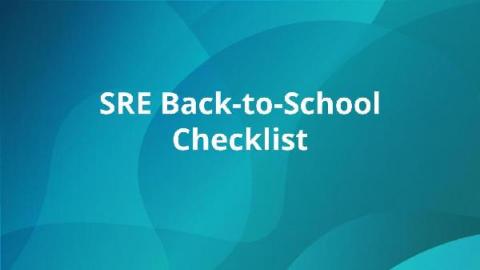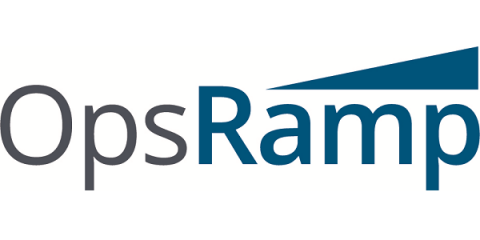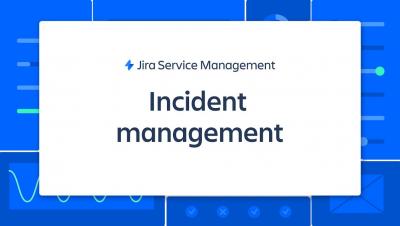Operations | Monitoring | ITSM | DevOps | Cloud
Incident Management
The latest News and Information on Incident Management, On-Call, Incident Response and related technologies.
Divisions of Family Practice Adopts OnPage to Enhance Clinical Communication
Effective healthcare communication requires proper software and processes to ensure that the right person receives timely messages. Unfortunately, Divisions of Family Practice (DoFP), a large community-based network of physicians located in British Columbia, Canada, relied on a third-party answering service to connect long-term care facilities (LTCFs) with on-call providers.
OpsRamp Introduces The Future of Incident Response: Harnessing Machine Learning and Data Science to Predict and Prevent IT Outages
What is expected in the SRE role? We analyzed 30 job postings to find out.
In 2016, Google released the definitive book on Site Reliability Engineering (SRE) - a practice that had originated in the company to take care of a monumental problem - how to keep the Google services running with high reliability. Over the years, SRE has been widely adopted by dev teams across the globe and is a popular role at startups and enterprises alike. Here is a look at how search for SRE has trended over the years.
Incident management features in Jira Service Management
How Do I Add a Major Incident Response to an Existing Integration? - Ask Adam
A Migration That Paid Tech Dividends
3 Ways to Use the xMatters and Microsoft Azure Monitor Integration
For a number of years, the debate on DevOps vs. ITIL has divided many technology teams. On the surface, both practices seem at odds with one another—DevOps harnesses the power of human collaboration and communication to support innovation, while ITIL utilizes a more systematic and structured approach to deliver service quality and consistency. But, if we take a deeper look, you’ll find that not only can DevOps and ITIL co-exist, they can even complement each other.
SRE vs. DevOps: What are the Differences?
SRE and DevOps are closely related concepts, and many businesses can benefit from embracing both of them. Nonetheless, there are important distinctions between SRE and DevOps.
Best practices for writing incident postmortems
After you have stopped an incident from affecting your customers, you need a more thorough investigation in order to prevent similar incidents in the future. Postmortems record the root causes of an incident and provide insights for making your systems more resilient. At the same time, postmortems can be difficult to produce, since they require deeper analysis and coordination between teammates who are busy with the next development cycle.











